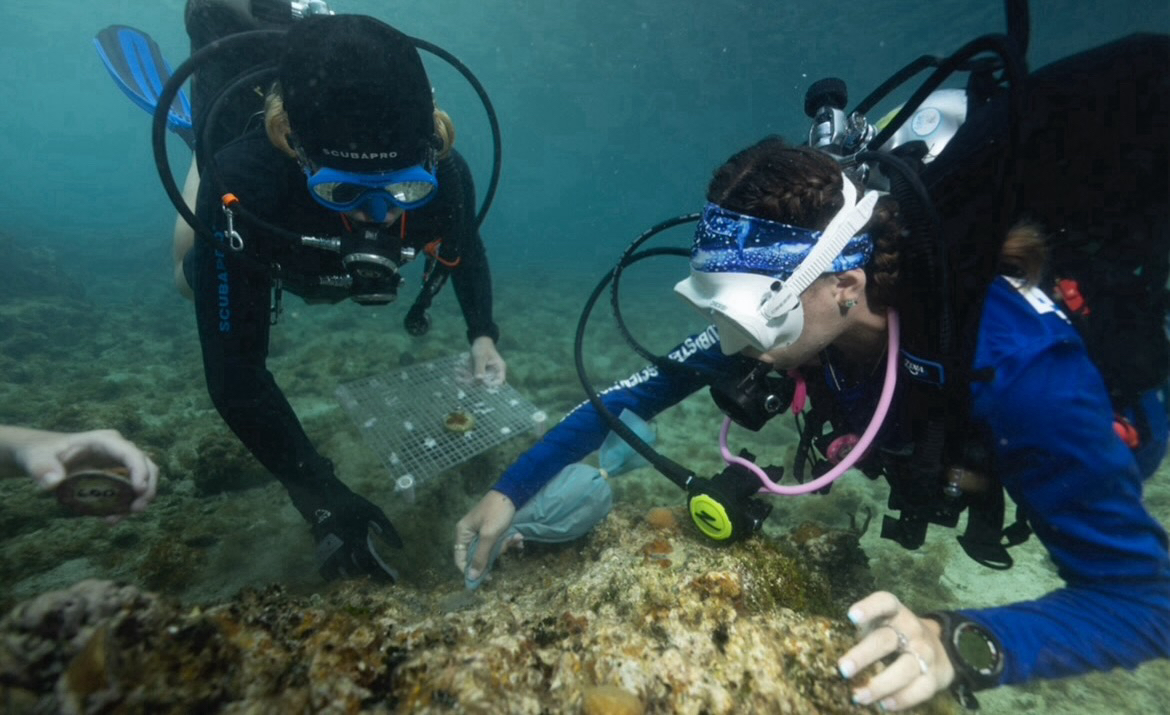Last week on March 4th, astronomers at the CARMENES consortium announced the discovery of the exoplanet Gleis 486b, a rocky and sweltering super-Earth. It closely orbits the red dwarf star Gleis 486 at 24 light-years from Earth, making it relatively close in the grand scheme of space. Although it is 30% larger than Earth and boasts about 2.8 times more mass, it is assumed to be relatively similar to familiar rocky planets like Earth and Venus in its makeup. It is even believed to have a metallic core. In fact, with a projected surface temperature of 430 degrees Celsius, Gleis 486b bears a notable resemblance to the searing Venus, albeit with a thin and insubstantial atmosphere.
This weak atmosphere, though, marks among the main interests of lead astronomer on the study Trifon Trifonov and his team. Trifonov believes that once new telescopes become available, he and his team will learn more about rocky planets’ ability to retain their atmospheres, their atmospheric compositions, and how these atmospheres impact their planets’ energy distributions. Understanding more about how super-Earths keep their atmospheres could potentially be instrumental in determining their habitability and the possibility of extraterrestrial life. While Gleis 486b’s extreme temperature makes it an unlikely host for organisms, any chance to examine a super-Earth and learn about them is invaluable.
As of now, super-Earths are still mostly a mystery. Astronomers know very little about them, and their potential to house life is uncertain and debated. With their only categorizations being that they are between 2-10 times the size of Earth and lighter than ice giants according to NASA, they are some of the most common planets in the galaxy, and yet none exist in our own solar system. Some are hot enough to vaporize metal, others may have an ocean or atmospheric water vapor, many are near, and many are far. A variety of these planets have been discovered, but astronomers hope innovative technology will help them in their quest to further uncover their overarching characteristics and applicable trends. Earth and its people have a lot to learn about these alluring celestial bodies. Still, while it is natural to marvel at distant worlds, it is also important to remember and cherish the one humanity already has.




